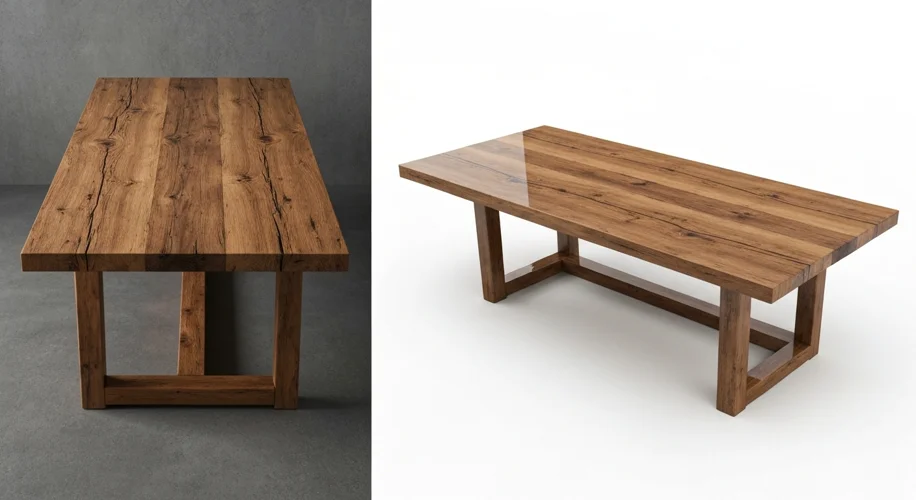It wasn’t too long ago that creating a 3D model from a simple photograph was a laborious, time-consuming process. It involved skilled artists meticulously tracing, modeling, and texturing. But as of August 2025, the landscape for creative professionals is shifting dramatically, thanks to the rapid advancements in artificial intelligence.
One of the most striking developments is AI’s newfound ability to not only isolate objects from complex backgrounds with incredible accuracy but also to transform those isolated elements into detailed 3D renders. Imagine taking a photo of a vintage chair, and within moments, having a fully realized 3D model ready for use in architectural visualization, game design, or even virtual reality.
This capability is becoming a reality through sophisticated AI models trained on vast datasets of images and 3D models. These systems learn the intricate relationships between 2D appearance and 3D form. When you feed them an image, they can infer depth, shape, and material properties that were previously only possible through human interpretation and manual creation.
For instance, consider the process of background removal. Tools powered by AI can now perform this task with near-perfect precision, separating a subject from its surroundings in a single click. What’s truly groundbreaking is that this object isolation is no longer the end of the line. The same underlying AI technology can then interpret the 2D shape and, using its learned understanding of real-world objects, generate a plausible 3D representation.
This isn’t about replacing human creativity; it’s about augmenting it. Think of it as giving designers, artists, and even hobbyists a powerful new set of tools. Instead of spending hours on tedious tasks like object isolation or initial 3D blocking, creatives can now focus their energy on refining details, adding artistic flair, and bringing their unique visions to life. This efficiency boost means projects can move faster, and the barrier to entry for creating complex visual assets is significantly lowered.
This technology has far-reaching implications. For product designers, it could mean rapidly generating 3D mockups of new items from sketches or photos. For architects, it offers a faster way to populate digital scenes with realistic furniture or decorative elements. Even for everyday users, it opens up possibilities for personalized digital content creation.
While the technology is still evolving, its current trajectory suggests a future where the lines between 2D imagery and 3D reality blur even further, powered by intelligent systems that understand and generate visual information in ways we’re only beginning to fully grasp.

